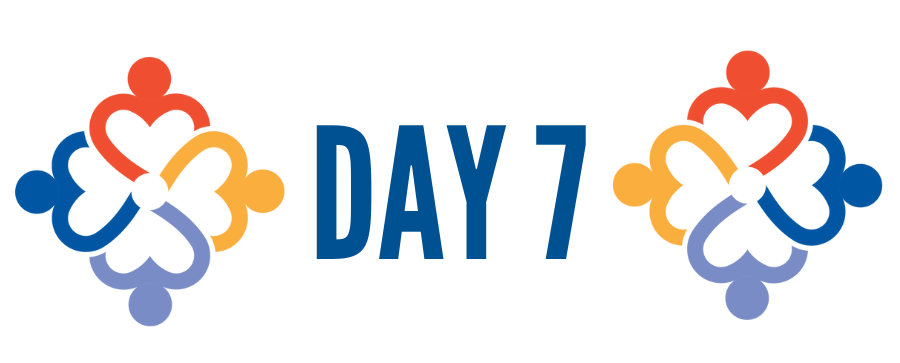
Day 7: Intersectionality
“I am not free while any woman is unfree, even when her shackles are very different from my own.”
Audre Lorde – writer, professor, philosopher, intersectional feminist, poet and civil rights activist
A discussion of privilege and oppression is not complete without a broader discussion of intersectionality, a concept that helps us understand how multiple oppressed identities show up together. The Combahee River Collective, a group of Black, lesbian women is often credited for the concept of intersectionality. In 1977 the collective released a statement that highlighted the racism they experienced in the feminist movement dominated by white women and the sexism they experienced among Black-nationalist organizations that were largely led by Black men. They offered a strategy that centered the needs of Black women to better achieve the overall goals set out by feminists and Black nationalists. The term intersectionality was later coined in 1989 by Kimberlé Crenshaw to describe the ways in which systems of inequality based on gender, race, ethnicity, sexual orientation, gender identity, disability, class and other forms of discrimination “intersect” to create unique dynamics and effects.
For instance, a woman who is Black and has a disability will likely experience a different complexity of discrimination through these identities. She never gets to experience the world as just a woman or just Black or just a person with a disability. She always experiences the world through a combination of these identities. And, as a result, her experiences aren’t just a sum of sexist, anti-Black racist, and ableist oppression. She experiences oppression in a way that is complicated by her multiple, oppressed identities.
Consider how someone’s experience may differ in the following scenarios:
- A young person boards a public transit bus
- A boy boards a public transit bus
- A Latino boy boards a public transit bus
- A Latino boy who is a wheelchair user boards a public transit bus
- A Latino transgender boy who is a wheelchair user boards a public transit bus
If we were only to consider his experience as a boy boarding a bus, we would miss out on understanding the many other layers of his experience. Likewise, if we only considered his experience as a trans boy, we would not understand the fullness of his experience.
We must consider our equity work through an intersectional lens in order to ensure programs, policies, practices, and norms are strategically designed and cultivated to ensure access to all.
Today’s Challenge
TODAY’S CHALLENGE
Read:
The Combahee River Collective Statement (1977) In this famous declaration, the members of the Combahee River Collective share the history of Black feminism, outline the challenges of single-issue justice movements, and offer a way forward.
Watch:
What Is Intersectionality? | Queer 101, The Advocate (January 25, 2018). [3 min watch] Ashley Jiang takes a light and short approach to describe the complexities of of intersectionality.
The Urgency of Intersectionality, Kimberlé Crenshaw, TED Talk (December 7, 2016). [18 min watch] Kimberlé Crenshaw explains her journey to coining the term intersectionality and how she has applied it to a growing body of research in civil rights and constitutional law.
Engage and Reflect:
Consider these 15 Examples of Intersectionality
